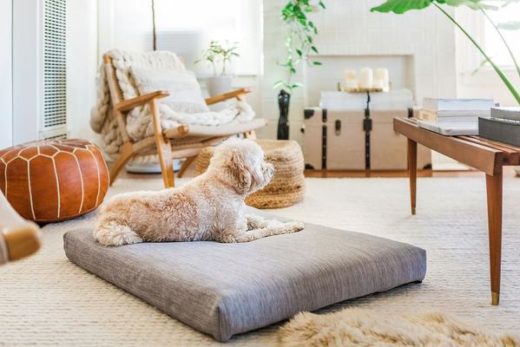
We’ve said it before and we’ll say it again: Just like humans, cats are a unique species with specific body language, nutritional needs and preferred learning methods. Many people believe that cats are unreadable, unpredictable and non-communicative, but this couldn’t be further from the truth. Your cat is communicating with you all the time through their eyes – all you need to do is learn to listen.
From identifying an illness sooner to picking up on their mood and identifying situations that cause them distress or pleasure, we can care for our cats much more effectively when we understand their body language. A lot of non-cat-people like to claim that cats are impossible to gauge because they don’t express themselves as dogs do, but pay no heed! If you want to build a strong bond with your cat and avoid any misunderstandings, learning to interpret your cat’s messages is a must.
Across the animal kingdom, ears play an essential role in communication. Cats use their ears to hear, but they do so in a way that makes our aural set-up seem almost primitive. When they want to pay closer attention to what’s going on around them, your cat will move its ears straight up and forward.
Cats use their facial features, body and tail to communicate between themselves and their humans, with messages of devotion and irritation communicated by every blink, twitch and flick. It’s well worth taking the time to learn how cats communicate, as this will make understanding them much easier. The cat’s eyes are one of the most expressive parts of their body and are able to communicate a surprising number of different messages and sentiments.
You would be amazed at what a cat’s eyes can do. They let your cat hunt prey with their amazing motion detection, and allow them to see in near darkness. Coming in almond, round and oval shapes and coloured blue, green and gold, a cat’s eyes undergo physiological changes in eyelid position and pupil size to communicate emotions and messages. Their pupils can widen into massive black dinner plates or shrink to the narrowest of slits, while eyelids may be drawn into a squint, opened fully or closed half-way.
The reasons for these changes in pupil and eye shape range from environmental factors like changing light levels to emotional responses like excitement, anxiety, aggression or pleasure. And there’s just something about those vertical, slit-shaped cat’s eye pupils that fascinates us humans.





